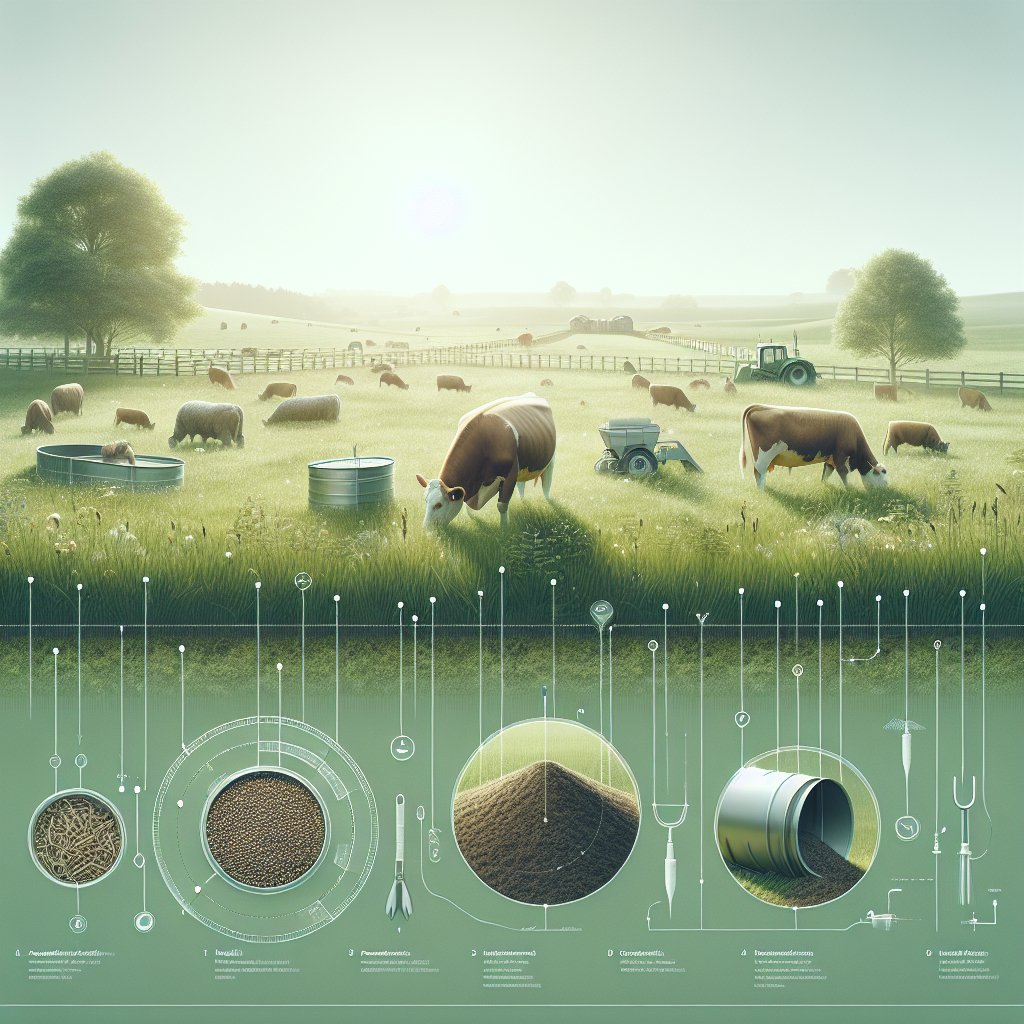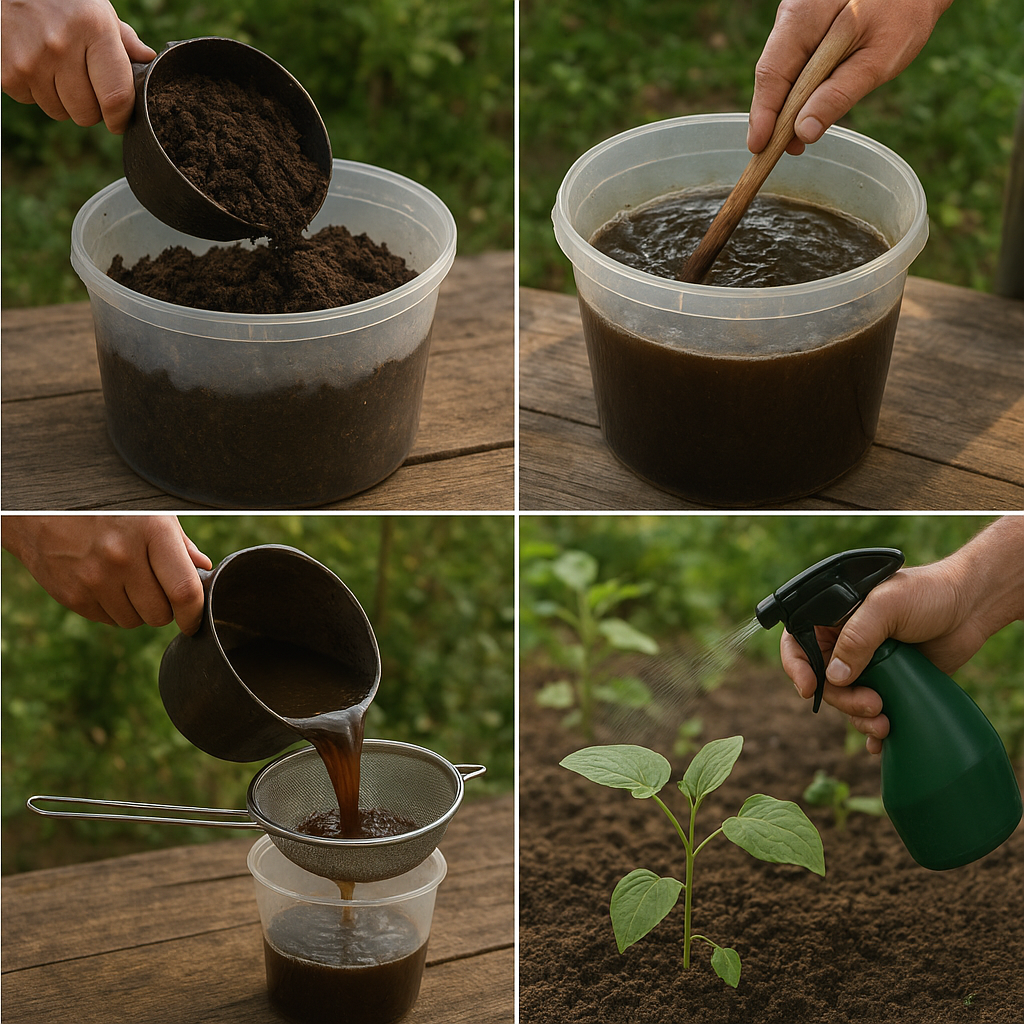
Improving pasture quality for livestock grazing is a critical aspect of sustainable agriculture that ensures the health and productivity of both the land and the animals. High-quality pastures provide essential nutrients to livestock, reduce the need for supplemental feeding, and contribute to the overall ecological balance of the farming environment. This article explores various strategies and practices that can be implemented to enhance pasture quality, focusing on soil health, plant diversity, and grazing management.
Understanding Soil Health
Soil health is the foundation of any successful pasture management strategy. Healthy soil supports robust plant growth, which in turn provides nutritious forage for livestock. To improve soil health, farmers must first understand the current condition of their soil. This involves conducting soil tests to determine pH levels, nutrient content, and organic matter. Based on these results, specific amendments can be applied to address deficiencies and imbalances.
Soil Testing and Amendments
Regular soil testing is essential for maintaining optimal soil conditions. Tests should be conducted at least once every three years, or more frequently if significant changes in pasture management occur. The results will guide the application of lime to adjust pH levels, as well as the addition of fertilizers to supply necessary nutrients such as nitrogen, phosphorus, and potassium.
Organic matter is another crucial component of soil health. It improves soil structure, water retention, and nutrient availability. Farmers can increase organic matter by incorporating cover crops, applying compost, and practicing rotational grazing to allow pastures to recover and regenerate.
Enhancing Plant Diversity
Diverse plant species in pastures contribute to a balanced diet for livestock and improve the resilience of the ecosystem. A mix of grasses, legumes, and forbs can provide a range of nutrients and extend the grazing season. Additionally, plant diversity can enhance soil health by promoting beneficial microbial activity and reducing the risk of pest and disease outbreaks.
Choosing the Right Species
When selecting plant species for pastures, farmers should consider factors such as climate, soil type, and livestock needs. Cool-season grasses like ryegrass and fescue are suitable for temperate regions, while warm-season grasses such as Bermuda and switchgrass thrive in hotter climates. Legumes like clover and alfalfa can fix atmospheric nitrogen, reducing the need for synthetic fertilizers and improving soil fertility.
Incorporating native species can also be beneficial, as they are well-adapted to local conditions and often require less maintenance. Native plants can provide habitat for pollinators and other beneficial insects, further enhancing the ecological value of the pasture.
Implementing Effective Grazing Management
Grazing management is a critical component of pasture quality improvement. Properly managed grazing can prevent overgrazing, promote plant regrowth, and maintain soil health. There are several grazing systems that farmers can adopt, each with its own advantages and challenges.
Rotational Grazing
Rotational grazing involves dividing pastures into smaller paddocks and rotating livestock through them. This system allows for periods of rest and recovery for each paddock, promoting plant regrowth and preventing soil compaction. Rotational grazing can increase pasture productivity and improve forage quality over time.
To implement rotational grazing effectively, farmers must monitor pasture conditions and adjust grazing intensity and duration based on plant growth rates and weather conditions. This requires careful planning and flexibility, but the benefits to pasture health and livestock performance are significant.
Managed Intensive Grazing
Managed intensive grazing (MIG) is a more advanced form of rotational grazing that involves moving livestock more frequently, sometimes multiple times a day. This system maximizes forage utilization and encourages uniform grazing, which can lead to more even nutrient distribution and improved pasture condition.
MIG requires a higher level of management and infrastructure, such as portable fencing and water systems, but it can result in significant improvements in pasture quality and livestock productivity. Farmers who adopt MIG often report increased carrying capacity and reduced feed costs.
Monitoring and Adapting Practices
Continuous monitoring and adaptation are essential for maintaining and improving pasture quality. Farmers should regularly assess pasture conditions, including plant health, soil quality, and livestock performance. This information can guide adjustments to grazing management, soil amendments, and plant species selection.
Using Technology for Monitoring
Advancements in technology have made it easier for farmers to monitor pasture conditions and make informed decisions. Tools such as satellite imagery, drones, and soil sensors can provide valuable data on plant growth, soil moisture, and nutrient levels. These technologies can help farmers identify areas of concern and implement targeted interventions.
Additionally, mobile apps and software platforms can assist with record-keeping and planning, allowing farmers to track grazing patterns, soil test results, and pasture improvements over time. By leveraging technology, farmers can enhance their ability to manage pastures effectively and sustainably.
Conclusion
Improving pasture quality for livestock grazing is a multifaceted process that requires attention to soil health, plant diversity, and grazing management. By implementing practices such as soil testing, species selection, and rotational grazing, farmers can enhance the productivity and sustainability of their pastures. Continuous monitoring and adaptation, supported by modern technology, are key to achieving long-term success. Ultimately, high-quality pastures benefit not only the livestock and the land but also the broader agricultural ecosystem.

